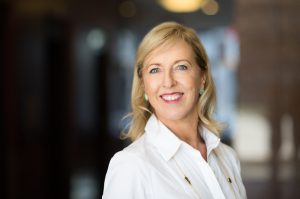Knobbe Martens partner Lynda Zadra-Symes, co-chair of the firm’s Copyright Litigation practice, spoke with Bloomberg Law for the article, “Justices Take on All-or-Nothing ‘Discovery Rule’ Copyright Case.” The story concerns the recent decision by the U.S. Supreme Court to hear a case regarding the copyright statute of limitations, and the time period for which content creators can seek damages for infringement. The issue turns on the meaning of when a claim “accrued.” Some circuits apply the “discovery” rule: a claim accrues when the plaintiff knew or reasonably should have known of the claim. Others apply the injury rule: a claim accrues when the infringement occurs, whether or not plaintiff knew of the infringement.
A 2020 Second Circuit decision found that a previous Supreme Court decision in the case Petrella v. Metro-Goldwyn-Mayer Inc. effectively barred a photographer from seeking damages for actions outside a three-year window prior to filing suit, ruling that the photographer could sue, but couldn’t recoup money from earlier infringement because the Petrella case had “dissociated” the statute of limitations from the time limit on damages.
In the article, Zadra-Symes noted that the three-year bar is found in a “limitations on actions” section of the law—not a “remedies” section. She said that the Second Circuit allowed the action but not the remedy, and opined that “there’d be no point in having a discovery rule” without access to damages. “It feels like it would be very unfair to not allow you to sue for infringement,” she said.
On whether there is a middle ground to be found between a three year window and a limitless amount of time to seek damages, the article states that one potential way would be to clarify a higher barrier for a plaintiff claiming belated discovery of the infringement. Zadra-Symes notes that this could be a significant obstacle for plaintiffs, though the precise standard or burden of proof is unclear.
Read the full article here [subscription may be required].
